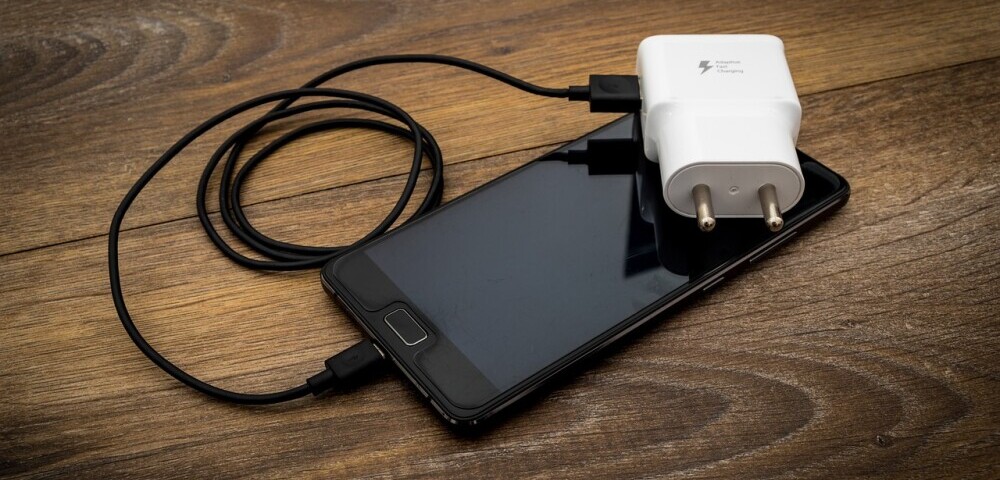
Today, I’m going to be talking about what fast charging is and how it’s quite different from the regular charging you might be familiar with. At its core, fast charging is a method that powers up your device’s battery quicker than the traditional speed, and trust me, it’s a game-changer in our on-the-go lives.
You might be wondering how all of this came to be. Well, the demand for swift power-ups has led to a fascinating evolution in charging technology. From rudimentary chargers taking hours to replenish a battery, we now have gadgets that are ready to go in the fraction of the time. It’s not just about the convenience; it’s also about the innovation.
Diving into the nuts and bolts of it, fast charging is all about increasing the wattage that’s delivered to your device’s battery. This is done through a fine balance of higher voltage and current which, when managed correctly, slashes the time you spend tethered to an outlet.
When we talk about industry standards, names like Qualcomm’s Quick Charge, Samsung’s Adaptive Fast Charging, or USB Power Delivery might come up. These are just a few examples of the protocols that have been developed, ensuring that we can get back to full battery in no time.
Understanding the Mechanics of Fast Charging
Now, let’s unravel how fast charging manages to speed up the energy transfer to your device’s battery. Think of it as filling up a bathtub; the wider the faucet, the quicker the tub fills. In the realm of charging, higher voltage and current act like a wider faucet, allowing more electricity to flow into the battery in shorter time spans.
Voltage and current are the two pivotal players in fast charging. Simply put, voltage is the ‘pressure’ that drives electric charge, while current is the ‘flow’ of that charge. When manufacturers boost either of these, your device charges faster. However, it’s not just about cranking up these values. Fast charging needs to balance them meticulously to speed up the process without causing damage.
Integral to this balancing act are the safety mechanisms in place to protect your devices. Heat is the enemy of batteries; excessive heat can degrade them quicker over time. Fast chargers constantly communicate with the battery management system in your device, adjusting the voltage and current throughout the charge cycle to optimize speed and prevent overheating.
Compatibility is another crucial aspect. Ever tried using a different charger and noticed your phone charges slower, if at all? That’s because fast charging standards dictate a particular ‘language’ of communication between the charger and the device. They need to be on the same page to unlock the full potential of fast charging technology.
The importance of compatibility carries us into some challenges. With a myriad of fast charging protocols out there, not all chargers and devices play nice together. This has prompted calls for universal standards, which would allow any fast charger to power up any device efficiently. Such interoperability could drastically simplify our charging needs.
Advantages and Limitations of Fast Charging
You’re going to find out about the significant advantages fast charging brings to the table. It’s a game-changer for our increasingly mobile and fast-paced world. As of today, smartphone devices are primarily to communicate and also for entertainment purposes. Imagine needing only a short coffee break to get your phone from alarmingly low to comfortably full. That’s the promise of fast charging, and it’s reshaping expectations for how we manage our gadgets’ battery life.
However, this isn’t just about convenience; it’s also about efficiency. Fast charging can be a more energy-efficient way to charge your devices since it can potentially reduce the amount of time electricity is used. But the conversation on efficiency isn’t one-sided. There’s a concept known as charging loss, where some energy is wasted as heat, and fast-charging tech is continuously advancing to minimize this loss.
Don’t worry too much about the health of your device’s battery, though. This technology has evolved with built-in measures to protect battery life. But it’s not perfect. Fast charging may still contribute to increased wear and tear on batteries over time when compared to traditional charging. It’s a trade-off some users are willing to make for the added convenience.
I’m here to help you understand both the opportunities and challenges of fast charging. While the technology offers a quick power boost, a universal fast charging standard is still out of reach due to varying industry approaches. This means not all chargers will work with every device, which can lead to confusion and a proliferation of charger types.
The Future of Fast Charging
So what’s on the horizon for fast charging? I’m glad you asked. The pace of technological breakthroughs isn’t letting up, and that’s leading to some pretty exciting developments. Innovators are pushing the boundaries to create even faster, more efficient charging solutions that could soon redefine how we power our tech.
Fast charging technology isn’t just for phones anymore. It’s making a gigantic leap into the electric vehicle (EV) market. The implications here are enormous; imagine fully charging your electric car in the same amount of time it takes to fill up a gas tank. That’s not just convenient; it’s a game-changer for the adoption of eco-friendly transportation options.
But as with any technology, it’s not just about speed. Safety and sustainability are becoming increasingly important. Advances in battery materials and charging algorithms are focusing on delivering not just rapid charging, but also charging that’s safe for the batteries and the environment.
In the end, fast charging is an area ripe for innovation and certainly something to watch closely. With researchers and companies racing to find the ultimate solution, we can expect to see swinging advances and new stories in the tech world. Choose something that resonates with you, because the future of charging isn’t just brilliant—it’s practically here.
